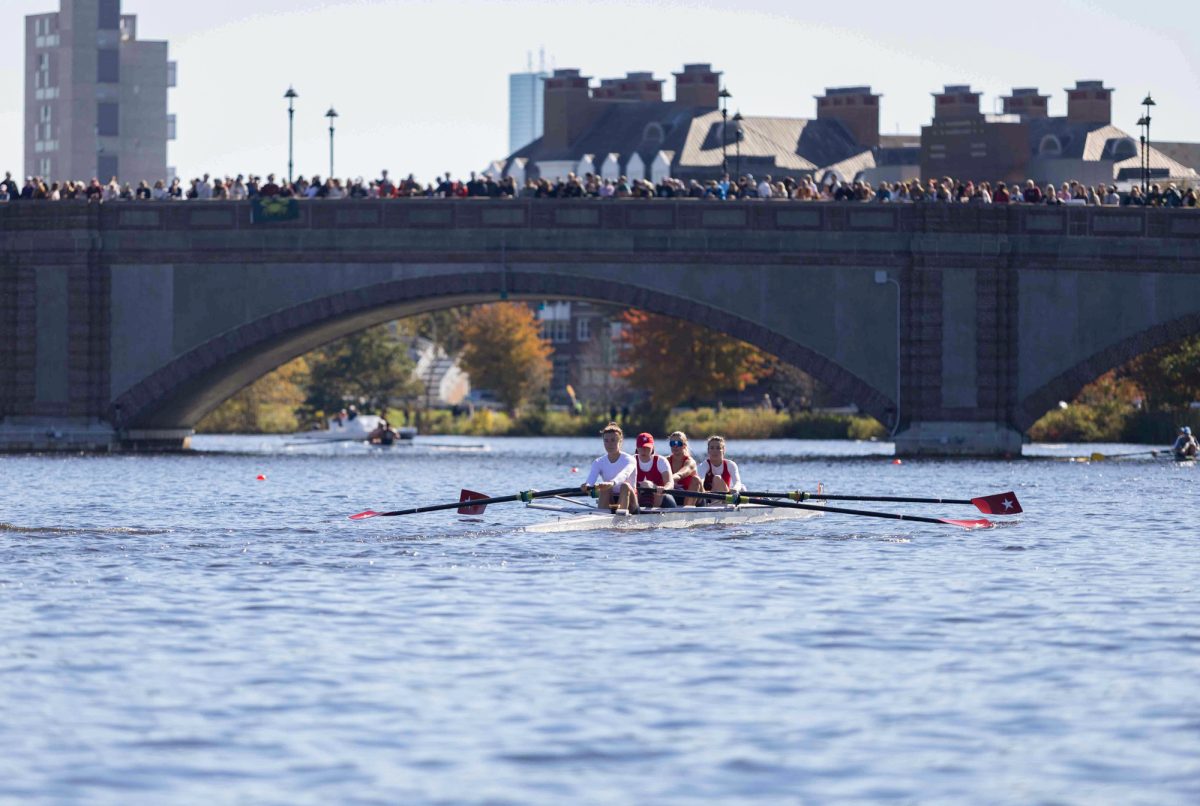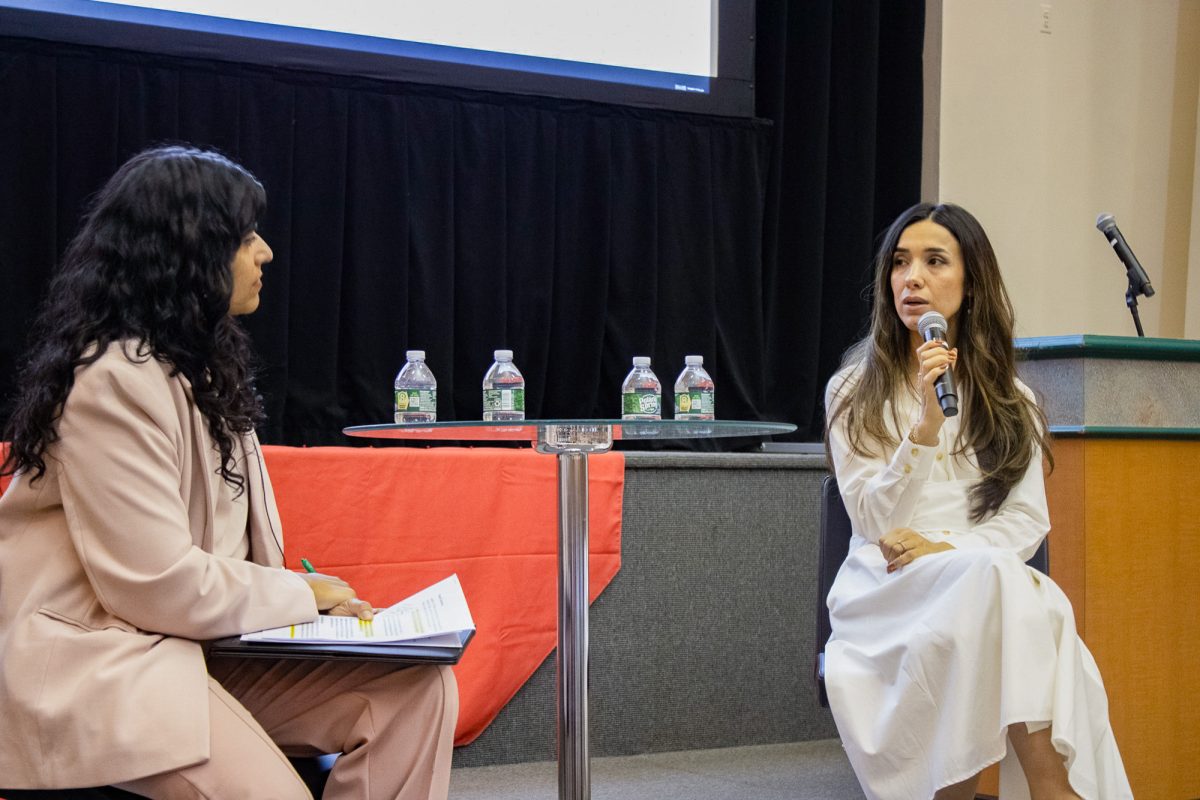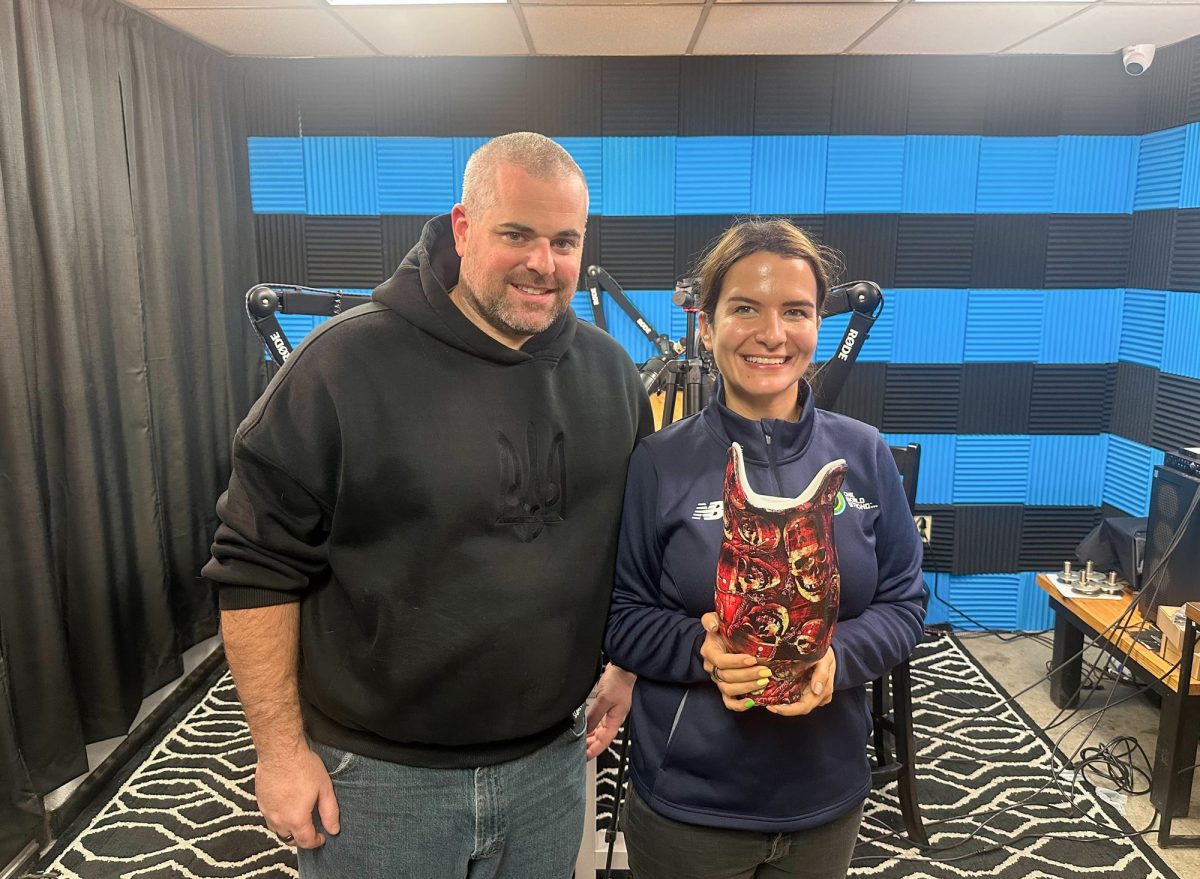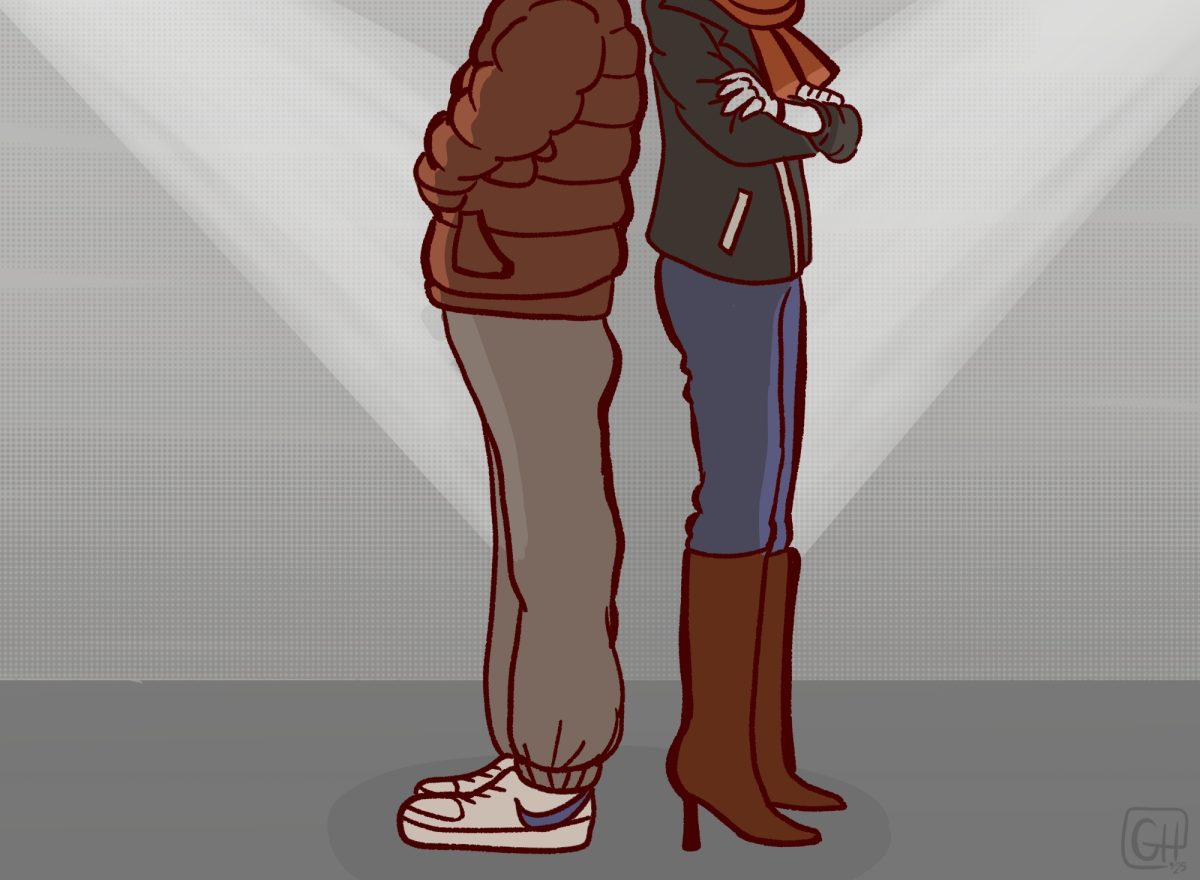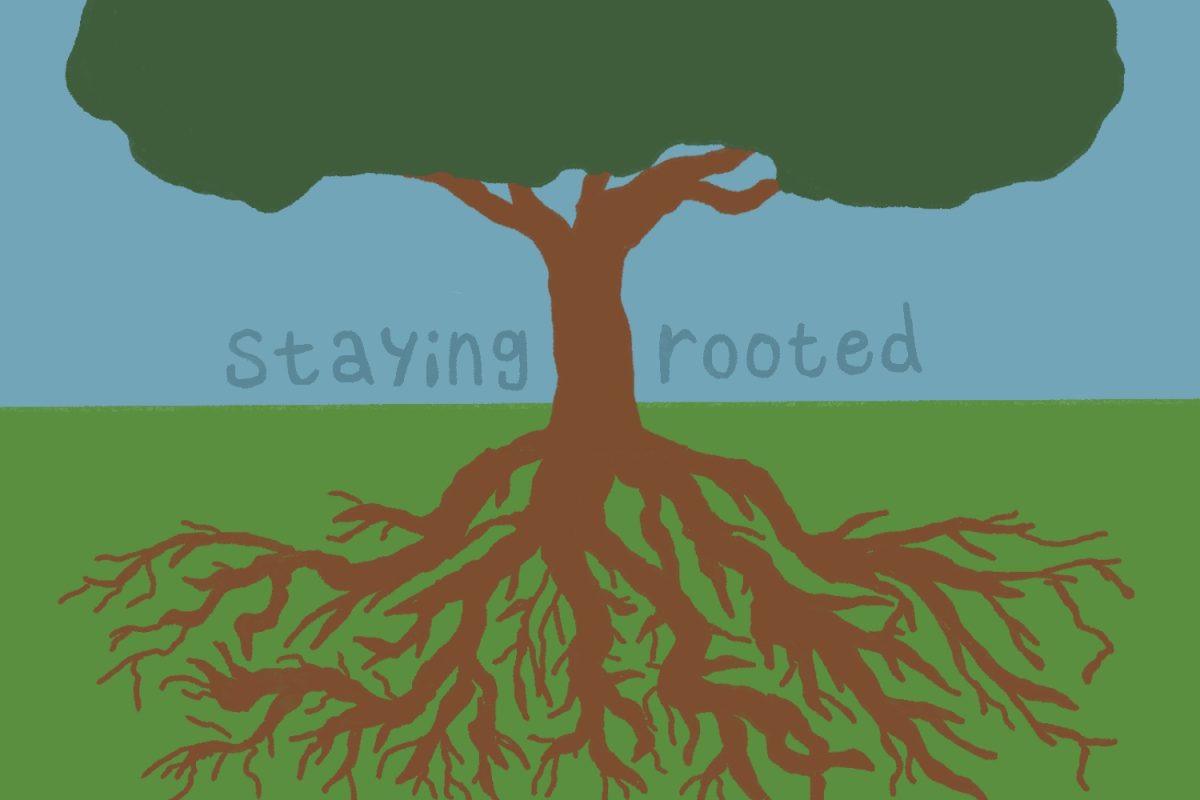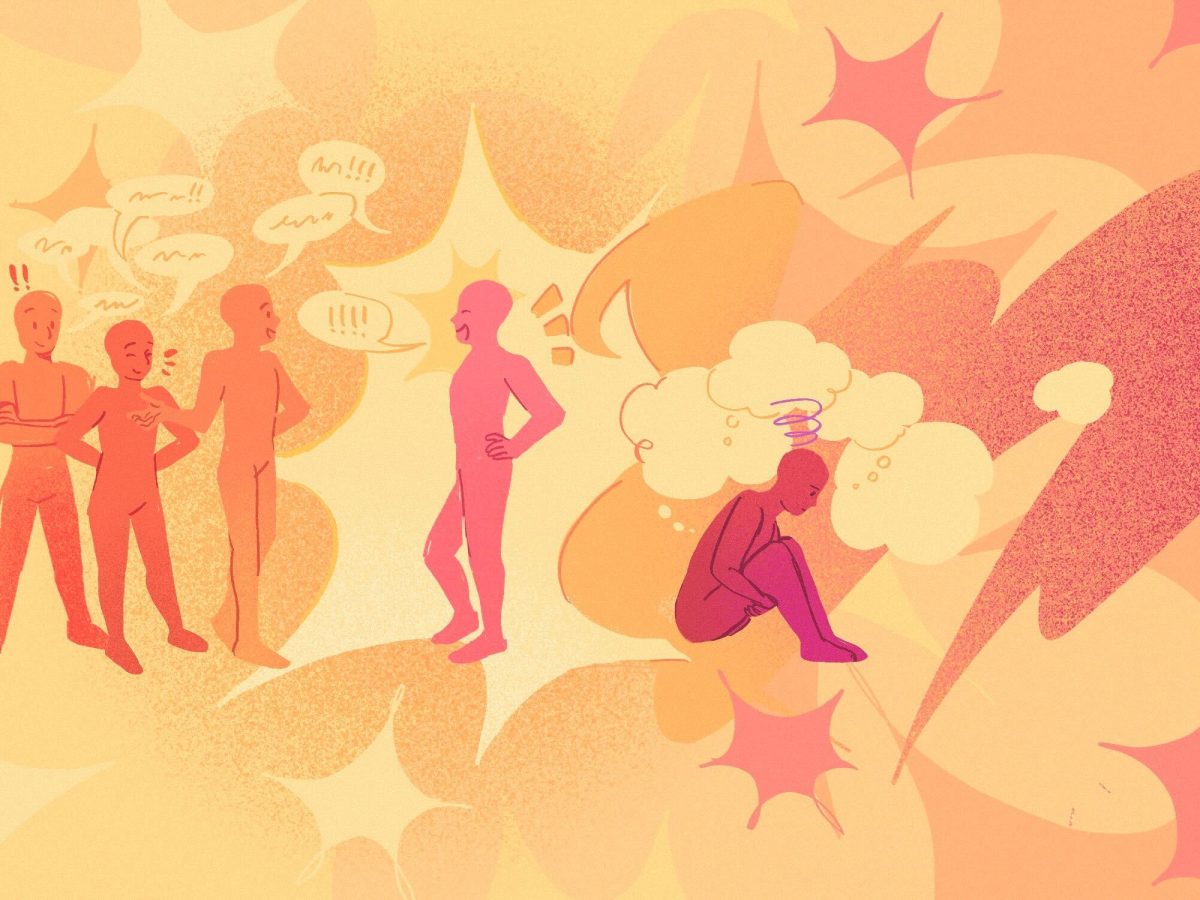On April 6, 1967, Bill Baird was arrested for giving a 19-year-old unmarried Boston University student what was considered a contraband for minors at the time: a condom.
Baird, a birth control and abortion-rights advocate, received a 10-year prison sentence for the act, which he fought in the 1971 Supreme Court case Eisenstadt v. Baird.
Baird, now 78, said BU students at the time called him after reading about his activism, asking if he would speak at the university to challenge a 19th century Massachusetts law titled “Crimes Against Chastity, Morality, Decency and Good Order,” Sections 20 and 21, that denied unmarried people access to birth control and abortion devices and information
The laws stated anyone who “knowingly advertises, prints, publishes, distributes or circulates” anything on birth control or abortion or “sells, lends, gives away, exhibits, or offers to sell, lend or give away an instrument,” could face prison time and fines.
“My first reaction was ‘are you kidding me?’ I have no political power, I’m just a social reformer who thinks women have rights, so I said no,” Baird said in a phone interview.
At the time, it was illegal to distribute contraceptives to unmarried men or women and married couples were only allowed to obtain contraceptives from registered doctors or pharmacists. Baird was not an authorized distributer of contraceptives.
But after thinking the students’ proposal over, Baird changed his mind.
“I thought maybe if Supreme Court would hear me, I could not only make birth control legal under the right of privacy but also I could maybe make abortion legal,” he said.
About 2,500 people, including Boston Police Department officials, gathered in Hayden Hall, now a science lecture hall, to hear Baird speak.
“There was more room to stand in the old lecture hall than there is in the renovated one,” said School of Law professor Leonard Glantz, who was among the lecture attendees, in a phone interview. “Every seat was taken, and people were packed standing in the aisles.”
During the lecture, Baird held up a board with various diagrams. On the opposite side of the board were displays such as a douching bag with Lysol and coat hangers, which he said many women used to give themselves abortions.
When Baird handed out the condom to the student, BPD officials took action, arresting him for two charges: publicly exhibiting birth control and abortion devices, and giving away a condom and package of contraceptive foam. All were felonies at the time of Baird’s arrest.
“Back then, condoms were advertised as for the purpose of preventing disease only, not for use as contraceptives,” Glantz said. “By advocating their use as contraceptives as part of his lecture, Baird was arrested. . .Baird had to make this statement [of getting arrested] somewhere, and the fact that it was at BU was an instrumental part of his court case,” Glantz said.
When the case finally reached Supreme Court in 1971, it ruled in favor of Baird in a 6-1 decision.
“If the right of privacy means anything, it is the right of the individual, married or single, to be free from unwarranted governmental intrusion into matters so fundamentally affecting a person as the decision whether to bear or beget a child,” wrote Justice William Brennan, Jr., according to case records.
Thirty-nine years later, the case is celebrated in some states, including Massachusetts and New York,with “Right to Privacy Day” on March 22, Baird said.
A statement in Gov. Deval Patrick’s March 11 proclamation reads, “It is appropriate that all Massachusetts citizens recognize the importance of the Supreme Court’s ruling in Eisenstadt v. Baird, a decision that was quoted six times in subsequent cases including Roe v. Wade.”
Many students and professors said that the case still has an impact today.
“If Griswold v. Connecticut is the mother of all of the reproductive rights that we currently enjoy, then Eisenstadt v. Baird is their cooler aunt,” wrote LAW associate professor Khiara Bridges in an email. “It liberated the right to privacy from an antiquated, frequently problematic notion of family privacy and reformulated it into an individual right that individual women could enjoy. March 22 is a great day – for reproductive rights, for women’s rights, and for constitutional law more generally.”
Stephanie Beal, a College of Arts and Sciences sophomore who volunteers at the Women’s Resource Center at BU, agreed.
“Baird’s efforts have produced milestone for anyone with the capability of becoming pregnant,” Bealsaid. “They can now lead their lives with relatively little fear they will have to put work or school on holddue to an unexpected pregnancy. The legalization of contraception has improved peoples’ lives and made a large step in leveling the field between genders.”
“[It’s an] incredibly significant case as the transition from birth control (avoiding pregnancy) to abortion (terminating a pregnancy) was set forth in the famous line of Justice William Brennan’s majority opinion,” wrote LAW professor George Annas in an email.
“This was a time of a lot of civil disobedience and this was a brave guy doing a brave thing,” Glantz added.
Today, Baird continues to advocate for women’s rights while also battling cancer. He is founder and head of Pro Choice League, a non-profit organization that aims to “educate the public about the history of the struggle for reproductive freedom and privacy rights as well as about current issues and the future of these laws,” according to its site.
“Even though I risked living hell in that cage, ultimately my success was that I literally helped millions of people across the nation for right to birth control…BU was the backbone of that entire movement,” Baird said. “I just want the next generation to think that if someone at the age of 78 could still be fighting maybe I could encourage people younger than me to pick up the banner and fight back.”
Staff writer Chris Gambon contributed to the reporting of this article.




